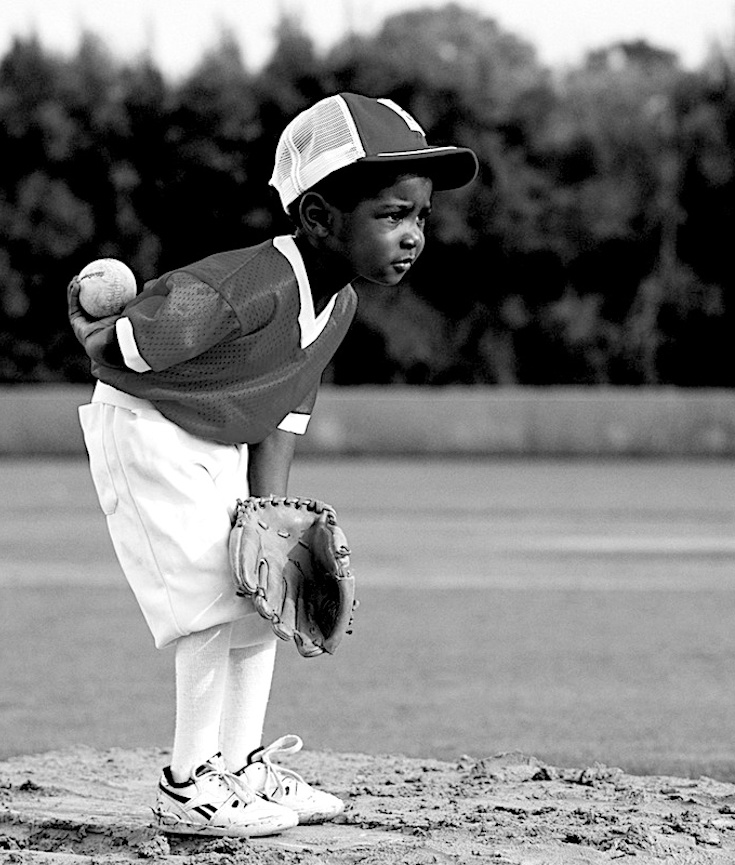Stewart explained how he used a social theory he hadn’t yet realized existed to build up the organization from scratch. Here’s our interview, which has been edited for space and clarity.
Leah Askarinam: Did you have any prior experience before Lost Boyz in working with kids or trying to solve this problem [of youth violence]?
LaVonte Stewart: I hadn’t had much prior experience with the violence prevention stuff, I had already been coaching little league baseball for like three years—let me backtrack on that. I would say I had some experience with some of these issues, but … it wasn’t community-based experience. It was a setting in a correctional institution.
Askarinam: Can you explain that a bit, that it was in a correctional institution?
Stewart: Easy to explain. As a young man, when I was 19, I got myself into some trouble while in college, and I ended up incarcerated in Missouri. At some point during my incarceration, things finally kind of sunk in, and I got back to a point where I, for lack of better terms or words, got myself back in sync with my higher power. I got a lot more focused while I was in an institution, so I started doing what I would consider good while I was there, in terms of trying to get involved in things that would help me better myself and my fellow inmates to better themselves. For example, I had an instrumental role in creating one of the first, what you call a therapeutic community, in the prison environment. That was in like 1997.
Askarinam: I’m not familiar with that. What is a therapeutic community?
Stewart: It’s an arrangement within a prison setting where you create an isolated housing unit or situation, and it’s more about incorporating now what we would call “restorative justice” practices. And there’s a lot more: The rules are a lot more stringent in terms of, like, if you get into a fight, immediately you’re kicked out. So it sets up this safe-living place within the prison. It’s a place we didn’t have to worry about getting stabbed, jumped on, and it was all of this programming that was running that was not available to general population.
[mc4wp_form id=”6042″]


South Shore is one of 77 defined community areas of Chicago, Illinois, United States. A predominantly African American neighborhood on the city’s South Side, the area is named for its location along the city’s southern lakefront. Although South Shore has seen a greater than 40% decrease in residents since Chicago’s population peaked in the 1950s, the area remains is one of the most densely populated neighborhoods on the South Side.[3] The community benefits from its location along the waterfront, its accessibility to Lake Shore Drive, and its proximity to major institutions and attractions such as the University of Chicago, the Museum of Science and Industry, and Jackson Park. (Wikipedia)


You must be logged in to post a comment.